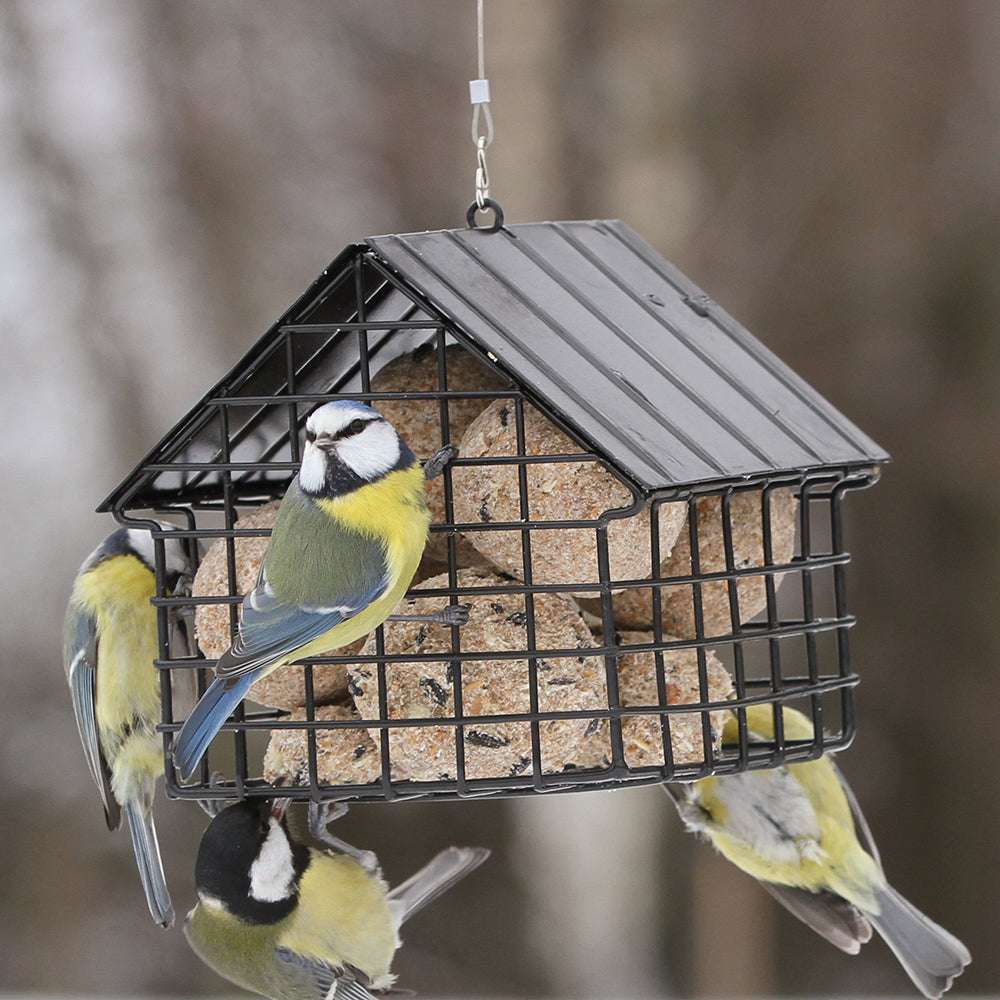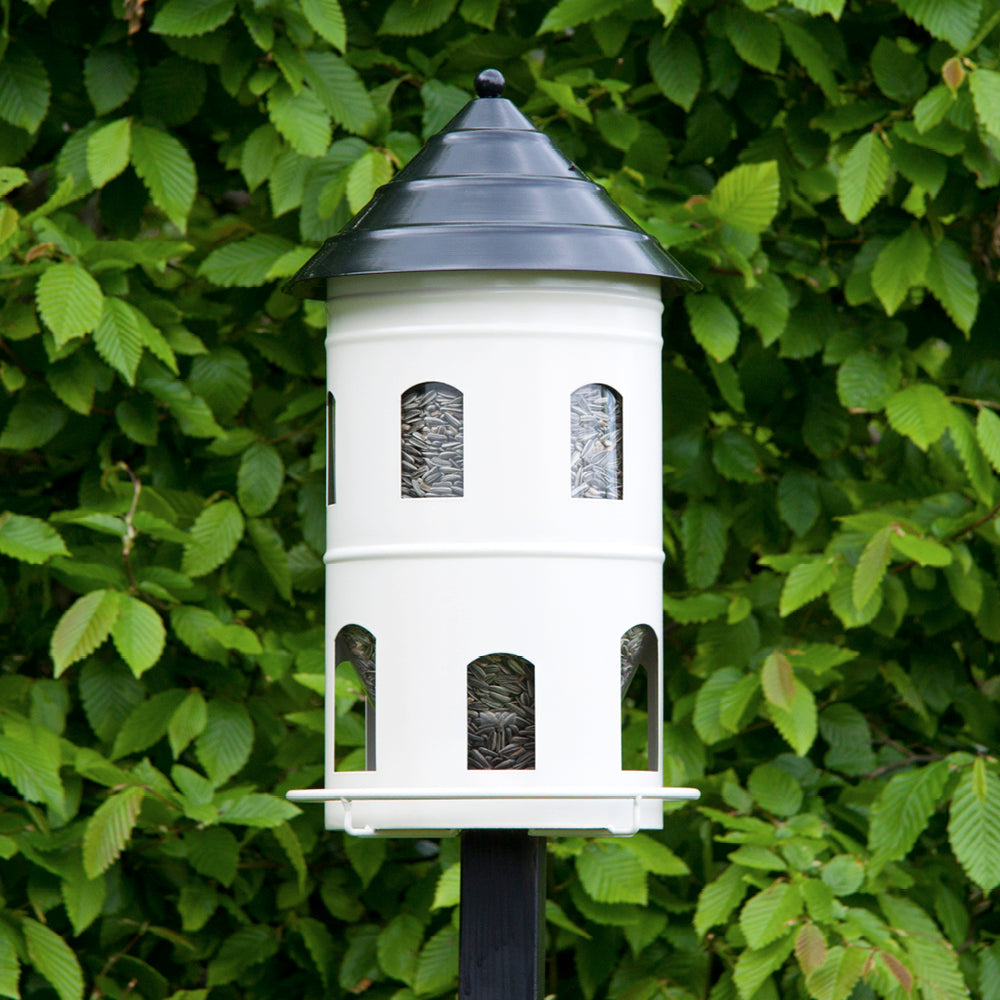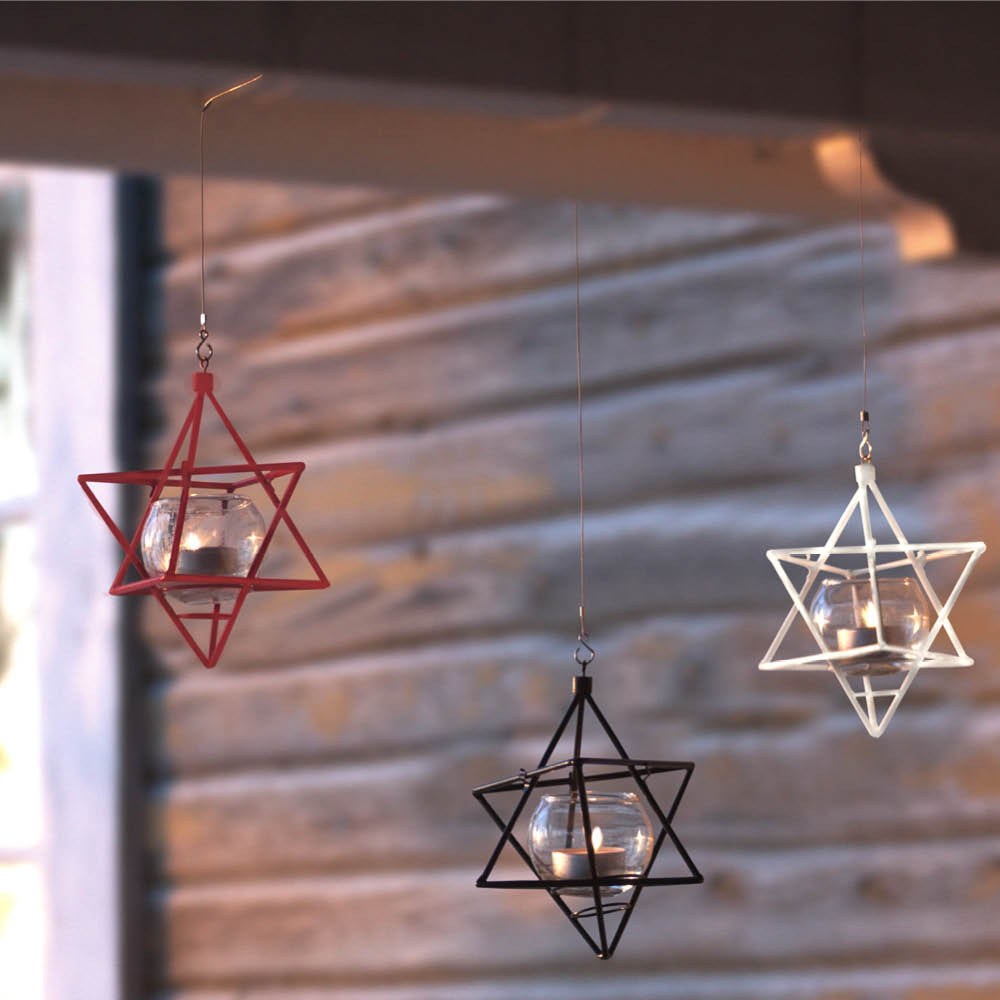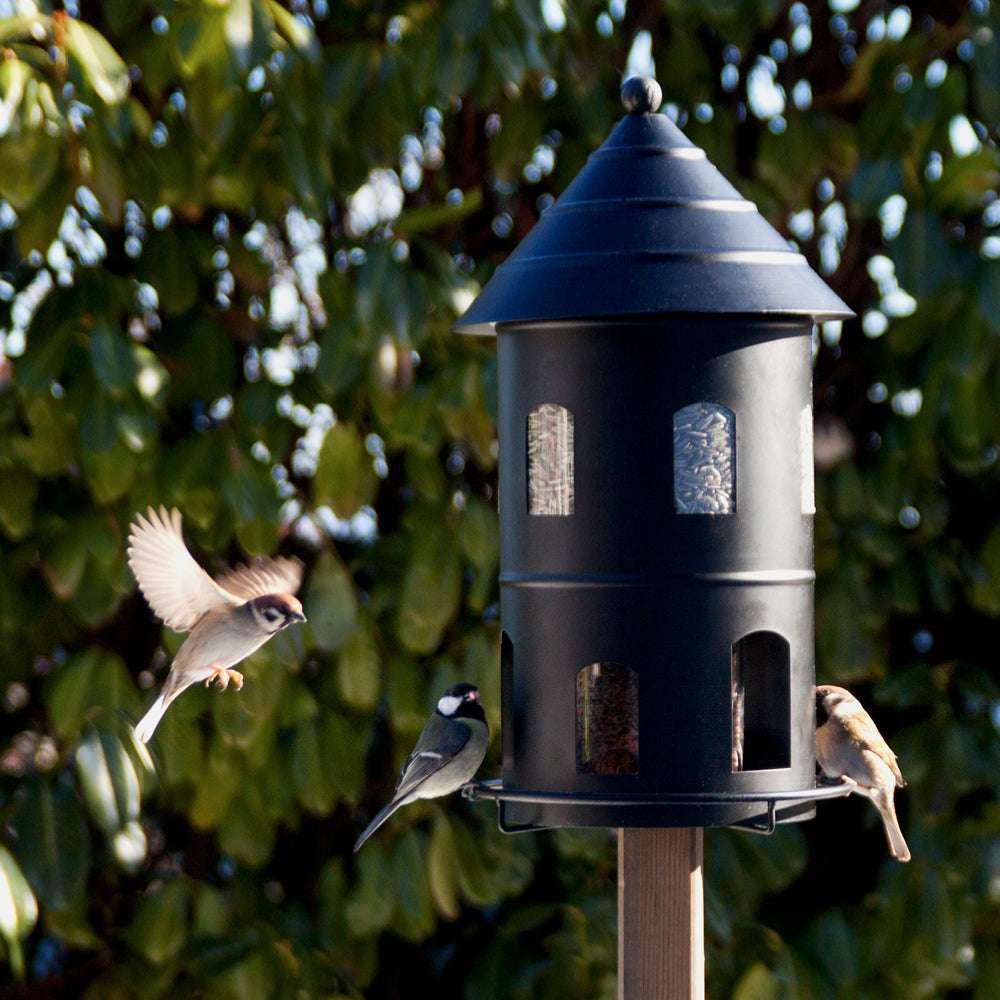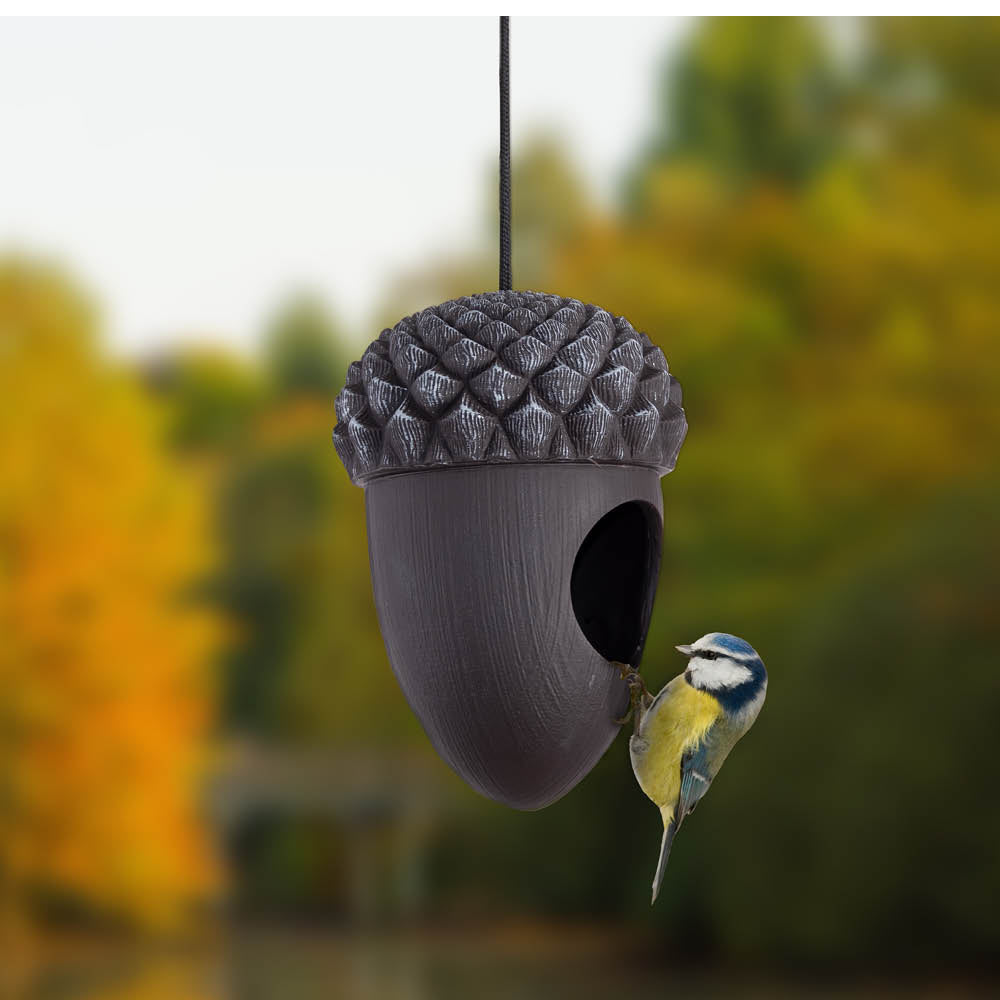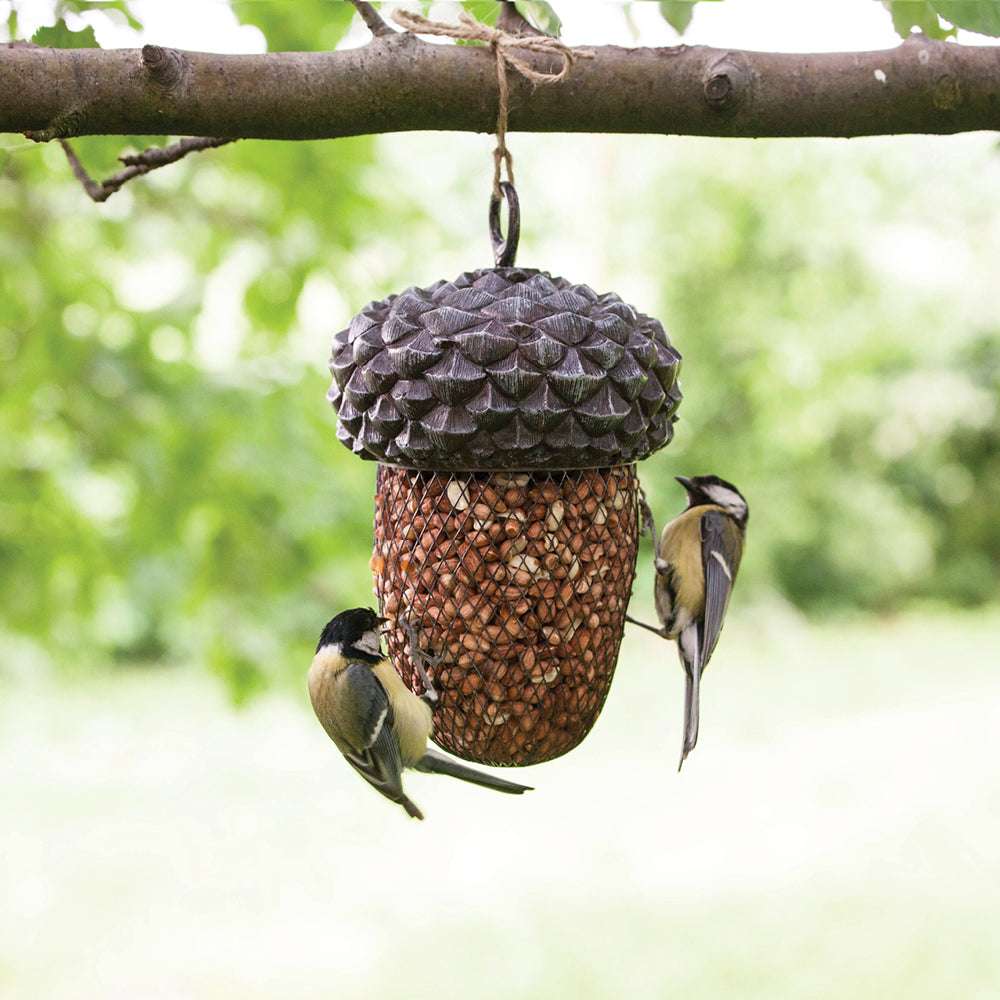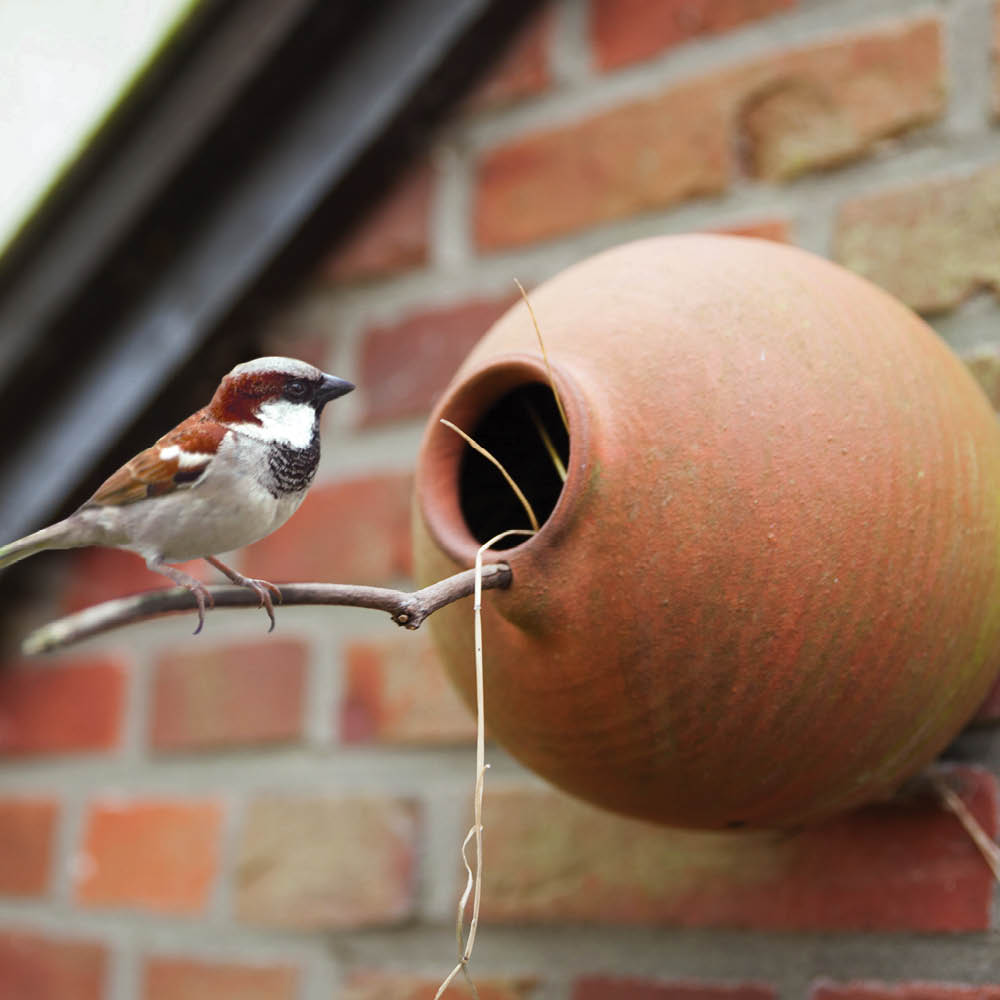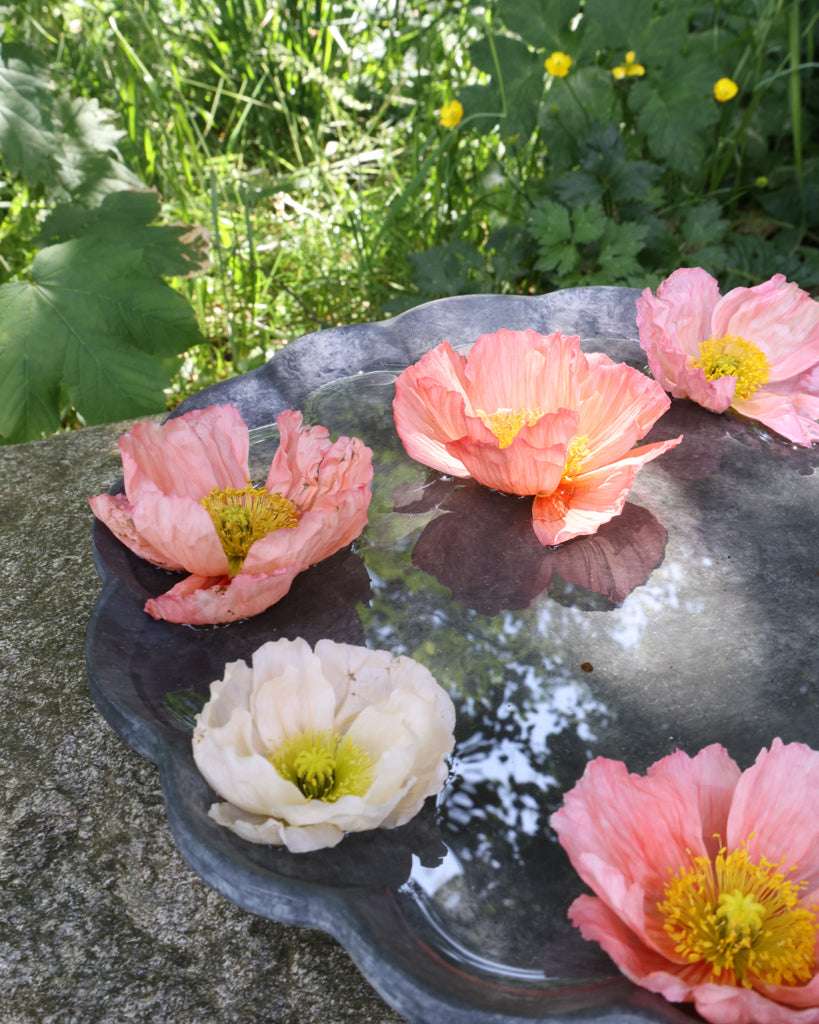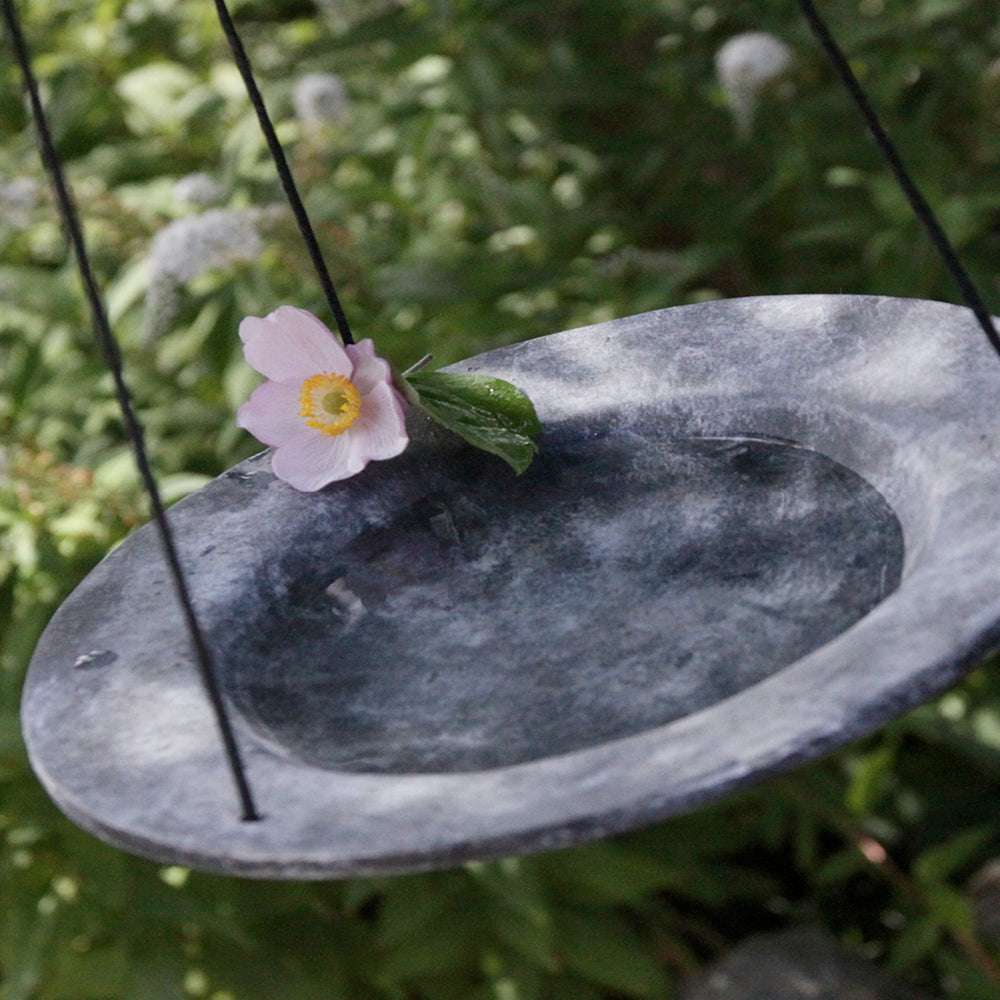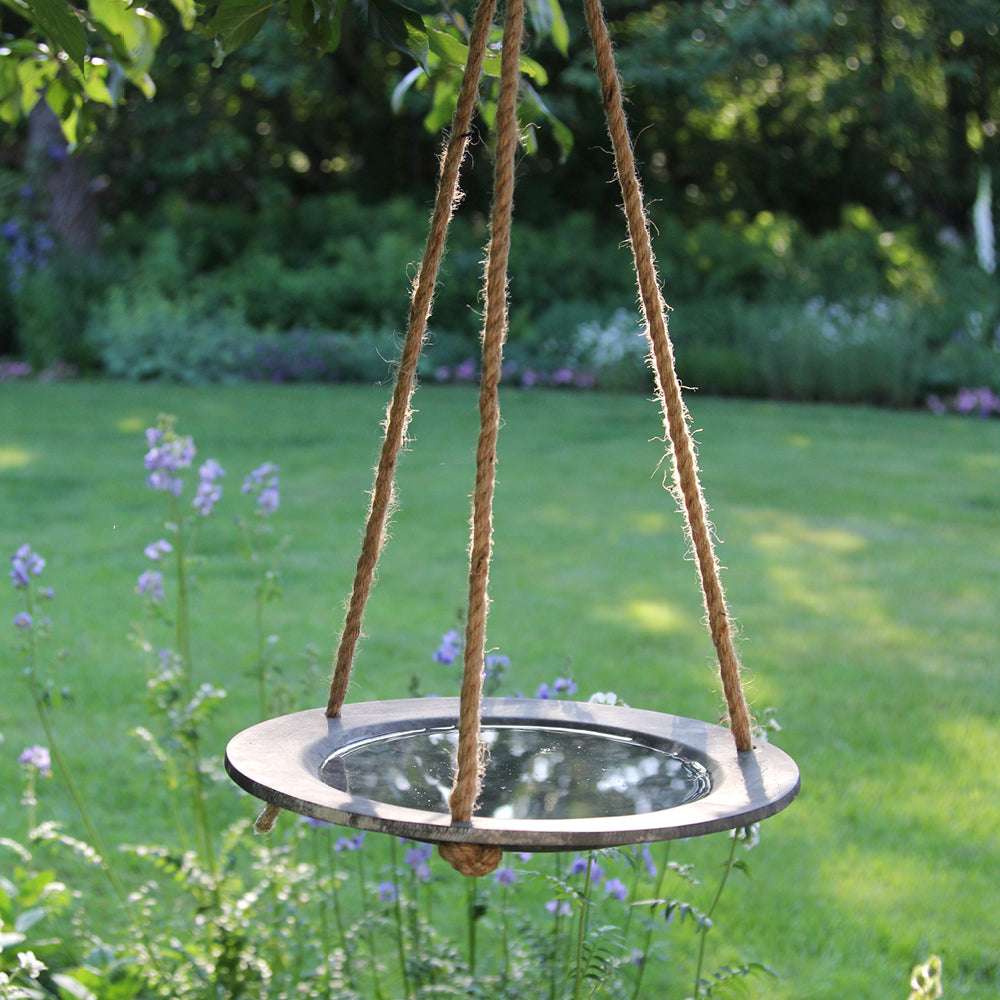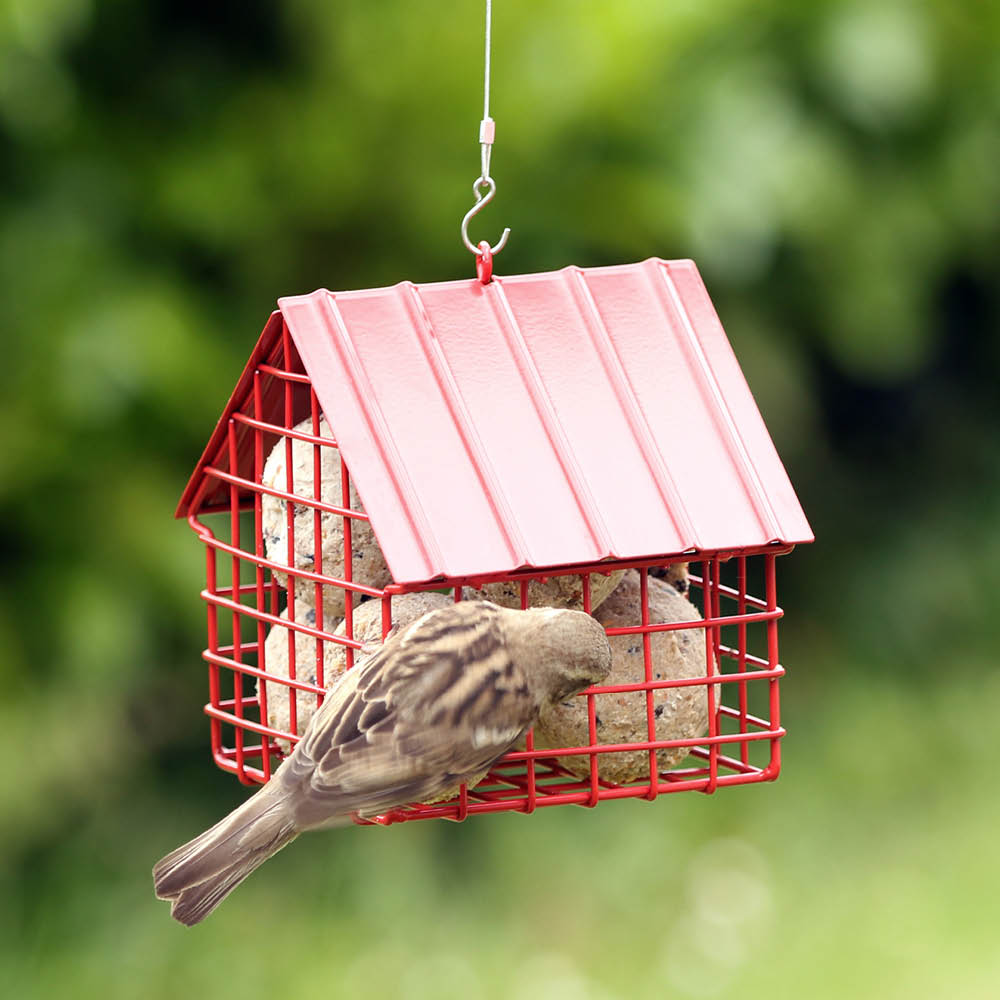Make your own bird feeder dumplings with kids: A winter DIY for little hands
As the days get shorter and nature goes into hibernation, we can all give something back together. Homemade bird feeder dumplings are not only a loving contribution to nature conservation but also a magical craft idea for the whole family.
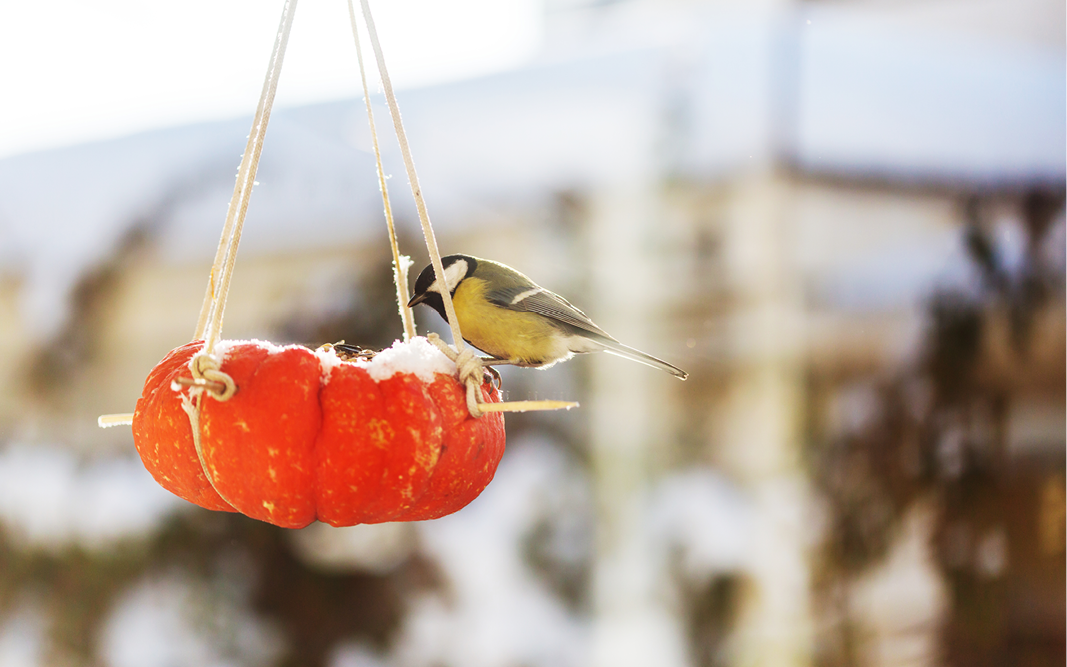
Why it's worth making your own bird food
Nature conservation in everyday life – simple & effective
During the cold season, many native birds lack food. With homemade dumplings, you can help species like tits, robins, and sparrows—and avoid plastic packaging.
Together instead of alone: Child-friendly nature project
Children learn with heart and hands: They experience responsibility, marvel at the winter birds and feel how fulfilling it is to do something meaningful themselves.
Ingredients for homemade bird feeder dumplings
250 g vegetable fat (e.g. coconut oil or palm oil)
200 g seed mix for wild birds (e.g. sunflower seeds, oat flakes, nuts)
Natural yarn or jute cord
Moulds such as muffin trays, cookie cutters, empty cups
Optional: pine cones, empty toilet paper rolls, small clay pots, orange peels or hollowed-out pumpkins
Step-by-step: How to make bird feeder DIY with children
1. Melt fat slowly
Heat gently in a saucepan – it should become liquid but not hot.
2. Stir in grains
Fold the grain mixture well into the melted fat.
3. Fill the molds
Pour the mixture into molds or onto cones and add string for hanging.
4. Let it harden
Let the dumplings set outside or in the refrigerator for about 1-2 hours.
5. Hang up and marvel
The winter buffet is ready! Place it in a prominent and cat-safe location.
Bird feeding without plastic – a sustainable decision
Industrial fat balls are often enclosed in green plastic netting – dangerous for animals and bad for the environment. Using natural materials like jute twine or small clay pots, your DIY project will not only be beautiful but also consciously sustainable.

Experiencing nature: What children learn from feeding birds
When children make their own bird feeder dumplings, they experience more than just a creative craft project – they immerse themselves in the quiet world of nature and develop a sense of responsibility. They see that their actions have an impact: A small dumpling becomes a help in frosty times, a cone becomes a bird restaurant. In doing so, they learn how important it is to respond to the needs of other living creatures.
At the same time, the project promotes theircreativity, because every shape, every grain, every suspension can be individually designed. The children work with their hands, smell the grains, feel the warm fat – an experience for all the senses. Waiting for the birds also strengthensPatience and mindfulnessThey observe who comes, how they eat, and maybe even how they sing.
In this way, a simple afternoon at the kitchen table becomes a small lesson about life – quiet, gentle and lasting.
Conclusion: Small dumplings with a big impact
Making your own bird feeder dumplings is more than just a craft project—it's a loving act of mindfulness. For children and adults alike, it's an experience full of warmth, appreciation, and a sense of closeness to nature. Perhaps the first homemade dumpling will soon be hanging in a tree—and with it, a smile in children's eyes.
Frequently asked questions about bird feeder dumplings
Which birds are happy about the dumplings?
Typical visitors are tits, robins, sparrows, nuthatches or even great spotted woodpeckers.
Can I also use peanut butter?
Yes, unsalted peanut butter works well – ideally mixed with seeds.
How long do the food dumplings last?
If stored in a cool place, they can be kept for several weeks.
Does feeding also make sense in spring?
Especially in late winter – please be careful in spring as young birds need different food.

